black spots on garden phlox - mold?
mattskiva
13 years ago
Related Stories
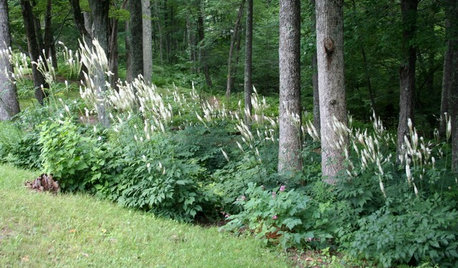
GARDENING GUIDESGreat Design Plant: Actaea Racemosa
Elegant flowers top black cohosh in summer woodland gardens
Full Story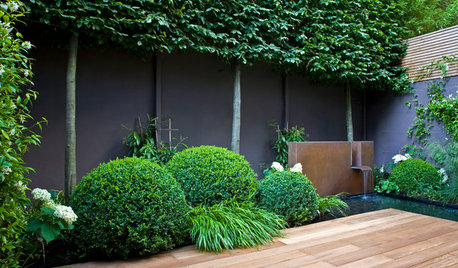
GARDENING AND LANDSCAPING10 Reasons to Use Black in Your Outside Space
It’s become a favorite shade to use inside, but now black is migrating out to gardens, patios and balconies — with dramatic results
Full Story
KITCHEN DESIGNKitchen of the Week: Pushing Boundaries in a San Francisco Victorian
If the roll-up garage door doesn’t clue you in, the blue cabinets and oversize molding will: This kitchen is no ordinary Victorian galley
Full Story
GARDENING GUIDESGreat Design Plant: Knock Out Roses
As glorious as their high-maintenance kin for a fraction of the work, Knock Out roses make even beginners look like garden stars
Full Story
COLOR11 Reasons to Paint Your Ceiling Black
Mask flaws, trick the eye, create drama ... a black ceiling solves a host of design dilemmas while looking smashing
Full Story
MOST POPULAR11 Reasons to Paint Your Interior Doors Black
Brush on some ebony paint and turn a dull doorway into a model of drop-dead sophistication
Full Story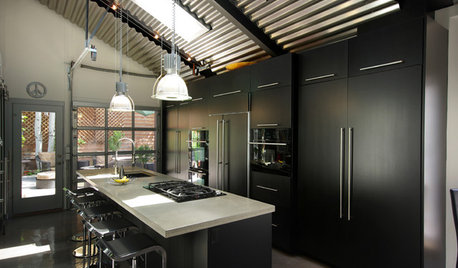
KITCHEN DESIGN10 Smashing Black Kitchens
Looking for something different from an all-white kitchen? Think about going stylishly dark instead
Full Story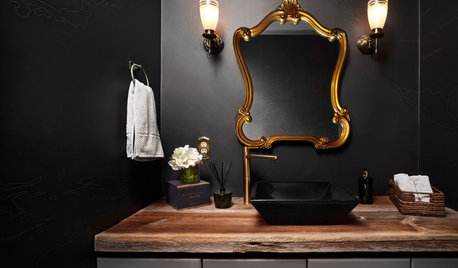
BATHROOM DESIGN11 Smashing Black Bathrooms
Going dark in the bath amps up the drama and lets metallic finishes shine
Full Story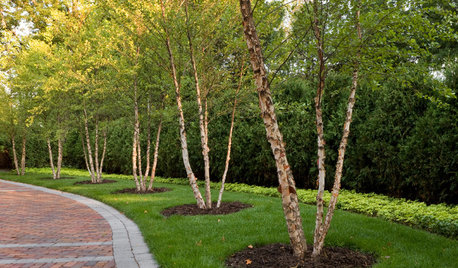
LANDSCAPE DESIGNGreat Design Plant: River Birch
Pick this rugged native tree for its intriguing peeling bark, soil adaptability or leaves that bring dappled shade to a garden
Full Story
GARDENING GUIDESGreat Design Plant: Grow Blueberries for Their Fruit and More
Eastern gardeners should consider growing blueberry plants for their delicious fruits, bee-friendly spring blooms and brilliant fall foliage
Full StoryMore Discussions






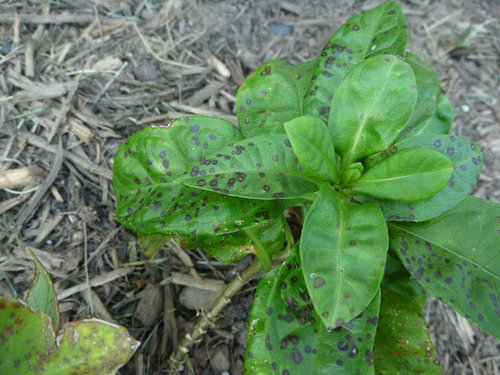

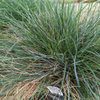
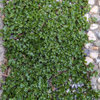
oilpainter
rhizo_1 (North AL) zone 7
Related Professionals
Glendora Landscape Architects & Landscape Designers · Salem Landscape Architects & Landscape Designers · Walnut Landscape Architects & Landscape Designers · Forest City Landscape Architects & Landscape Designers · Cudahy Landscape Contractors · Fort Worth Landscape Contractors · Mequon Landscape Contractors · Mercedes Landscape Contractors · Pahrump Landscape Contractors · Pomona Landscape Contractors · Riverhead Landscape Contractors · Wareham Landscape Contractors · West Haverstraw Landscape Contractors · Chicago Ridge Landscape Contractors · New Carrollton Landscape ContractorsmattskivaOriginal Author
Kimmsr
mattskivaOriginal Author